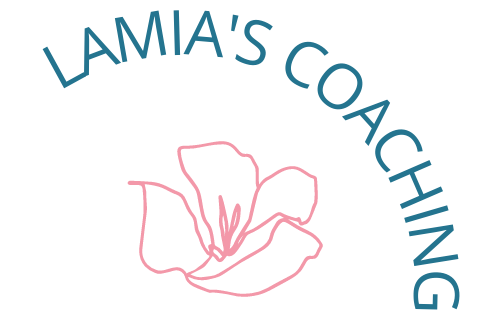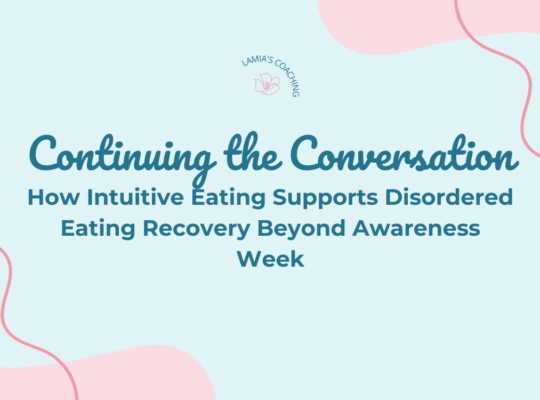Let’s talk about something that many of us experience, especially as busy professional women juggling demanding careers and personal lives: emotional eating. But instead of viewing emotional eating as just a problem to be solved, I want to offer a different perspective—what if emotional eating was actually a gift?
Yes, you heard me right. Emotional eating, as challenging as it can be, holds within it a powerful opportunity for self-understanding and growth. Let’s explore how we can embrace this gift and transform our relationship with food.
What is Emotional Eating?
Emotional eating is when we use food to cope with our emotions rather than to satisfy physical hunger. It’s reaching for that chocolate bar when you’re feeling overwhelmed after a long day at the office, diving into a tub of ice cream after a stressful meeting, or indulging in comfort food after a tough day. It’s something many of us, especially busy professional women, have experienced during times of stress and pressure.
Balancing a demanding career, personal responsibilities, and self-care can be overwhelming. Food, especially those familiar and comforting snacks, becomes a quick and easy way to soothe our emotions. But while it may provide temporary relief, emotional eating often leaves us feeling guilty, ashamed, and disconnected from our bodies.
Nearly every woman can relate to emotional eating at some point. It’s something that 99.9% of us experience. Emotional eating tends to be more common among women, in part because we often navigate our emotions with a heightened sensitivity.
The Gift of Emotional Eating
So, how can emotional eating be a gift? The truth is, emotional eating is a signal. It’s your body and mind’s way of telling you that something deeper is going on. When we turn to food for comfort, it’s because we’re trying to soothe an emotional need that hasn’t been met. And this is where the gift lies—emotional eating gives us the opportunity to pause, reflect, and understand what our true needs are.
My Journey with Emotional Eating
I’ve walked this path myself. In the midst of a demanding career and the constant hustle, I often found myself reaching for food as a way to cope with stress and overwhelm. Those late-night snacks, the mid-afternoon sugar cravings—they became my go-to when the pressures of work and life felt too much to handle.
But over time, I realized that my emotional eating was more than just a habit. It was a signal that I was missing something deeper—a connection to myself, a need for rest, and a desire for balance. This realization was the turning point for me. My journey into intuitive eating played a significant role in this shift. It helped me tune into my body’s signals, understand my true needs, and ultimately see my emotional eating not as a failure, but as an invitation to understand myself better.
How to Embrace the Gift of Emotional Eating
If you find yourself struggling with emotional eating, I want to invite you to embrace it as an opportunity for growth. Here’s how you can start:
- Listen to the Signal: The next time you reach for food when you’re not physically hungry, pause. Ask yourself, “What am I really feeling right now? What do I need that I’m not getting?” This simple act of reflection can open the door to deeper self-understanding.
- Identify the Emotion: Emotional eating is often linked to specific emotions—stress, overwhelm, boredom, or exhaustion. Take a moment to identify what you’re feeling. Naming the emotion is the first step toward addressing it in a healthier way.
- Find the True Need: Once you’ve identified the emotion, ask yourself, “What do I really need right now?” It might be rest, connection, comfort, or simply a break. Recognizing the true need behind your emotional eating is key to finding more nourishing ways to meet that need.
- Explore Alternative Coping Strategies: Instead of turning to food, experiment with other ways to soothe yourself. For me, stepping away from my desk to take a short walk, practicing deep breathing exercises, or spending a few minutes journaling my thoughts helped me connect with myself without relying on food.
- Practice Self-Compassion: Remember, emotional eating is not a sign of weakness or failure. It’s a normal response to emotional distress, and it’s something we all experience. Be kind to yourself as you navigate this journey. The goal is not perfection, but progress and self-discovery.
Emotional Eating as a Path to Self-Understanding
The beauty of emotional eating is that it’s a doorway to understanding ourselves on a deeper level. As busy professional women, we face unique challenges—tight schedules, high expectations, and the constant pressure to perform—and it’s natural to seek comfort in food. But by embracing emotional eating as a gift, we can uncover the emotional needs that lie beneath and find healthier, more fulfilling ways to meet them.
So, the next time you find yourself reaching for that comfort food, remember—it’s not just about the food. It’s about what your body and mind are trying to tell you. Take a moment to listen, reflect, and connect with your true self.
Join the Conversation
I’d love to hear your thoughts and experiences on this topic. Have you found the gift in your emotional eating? How has it helped you understand yourself better? Share your journey in the comments below or reach out to me on social media. And if you’re looking for more support, check out our Food and Mood Journal and Mindful Eating Workbook, designed to help you navigate this journey with awareness and compassion.
Remember, emotional eating is not your enemy—it’s your guide.
About the Author:

I am Lamia, a non-diet coach and certified intuitive eating counselor specializing in helping busy professional women find food freedom and build trust in themselves. With a focus on CBT, intuitive eating coaching, I empowers women to transform their relationship with food and live more meaningful, joyful lives.





